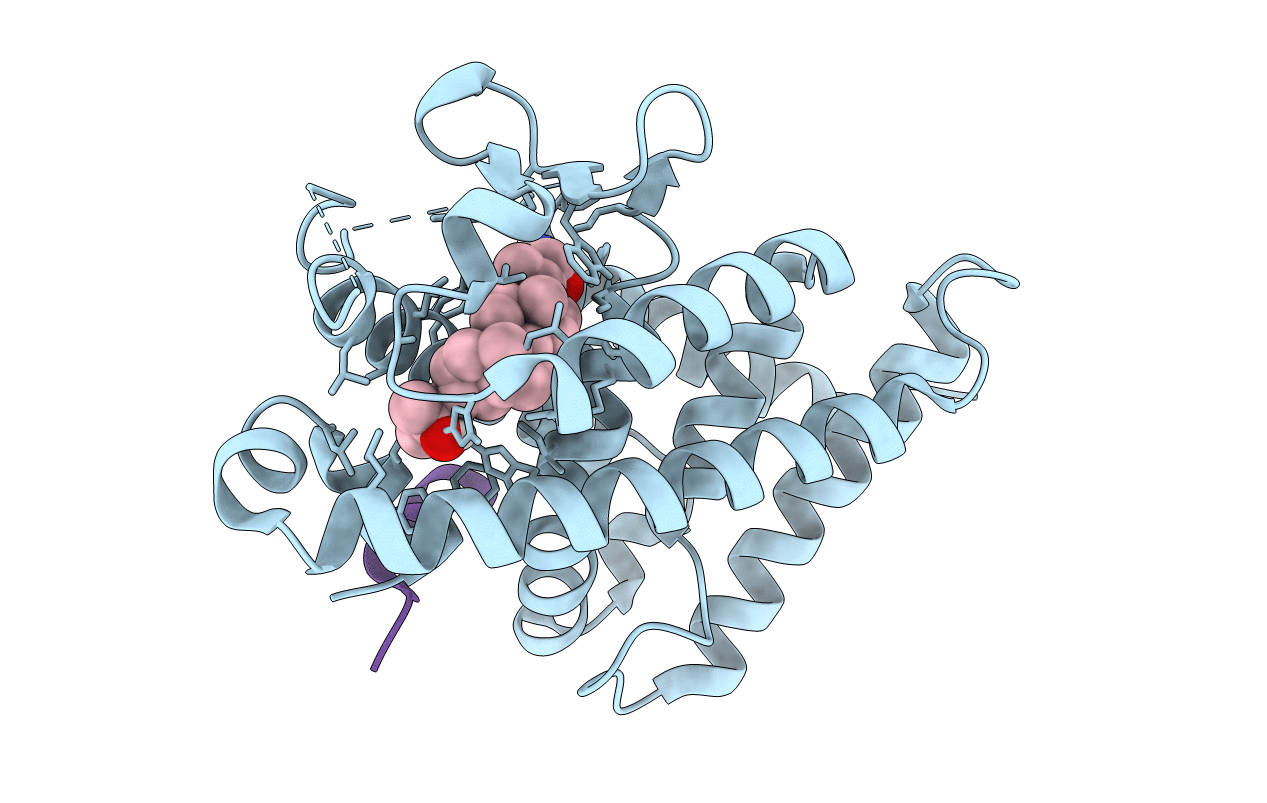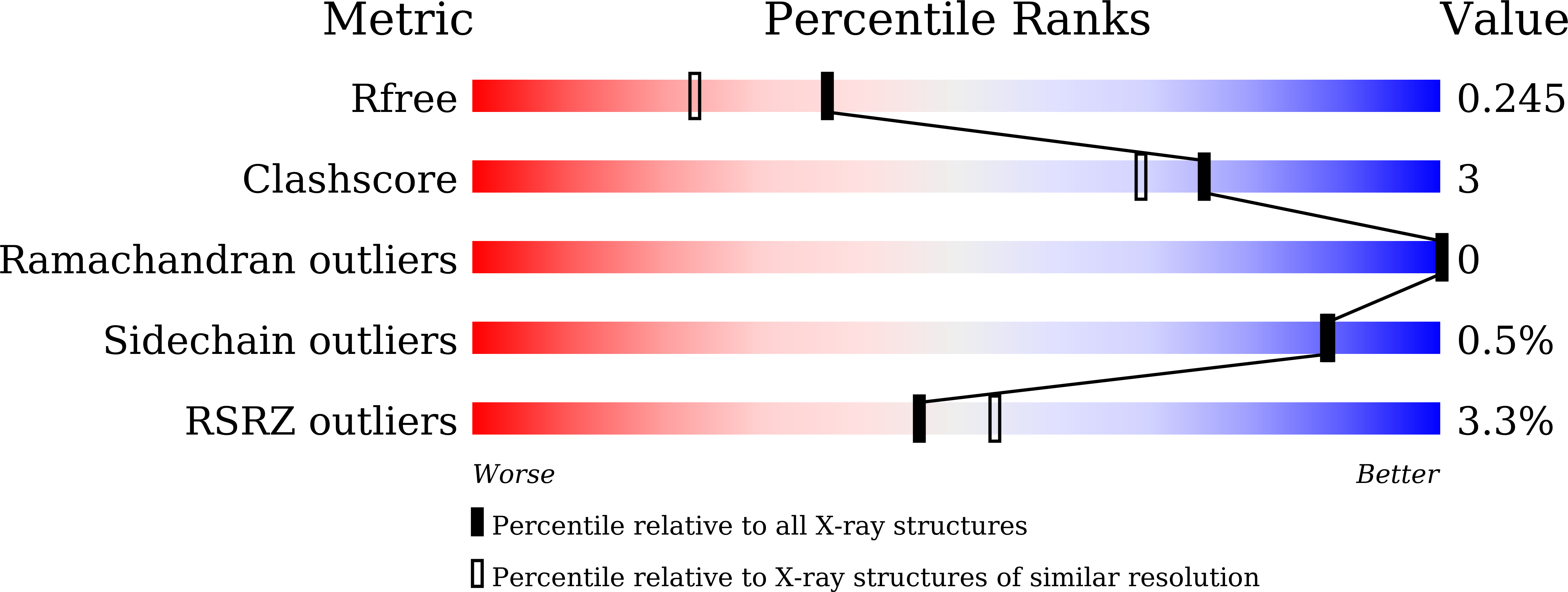
Deposition Date
2021-10-20
Release Date
2022-03-09
Last Version Date
2023-11-29
Entry Detail
PDB ID:
7VQP
Keywords:
Title:
Vitamin D receptor complexed with a lithocholic acid derivative
Biological Source:
Source Organism:
Rattus norvegicus (Taxon ID: 10116)
Homo sapiens (Taxon ID: 9606)
Homo sapiens (Taxon ID: 9606)
Host Organism:
Method Details:
Experimental Method:
Resolution:
1.94 Å
R-Value Free:
0.24
R-Value Work:
0.20
Space Group:
C 1 2 1


